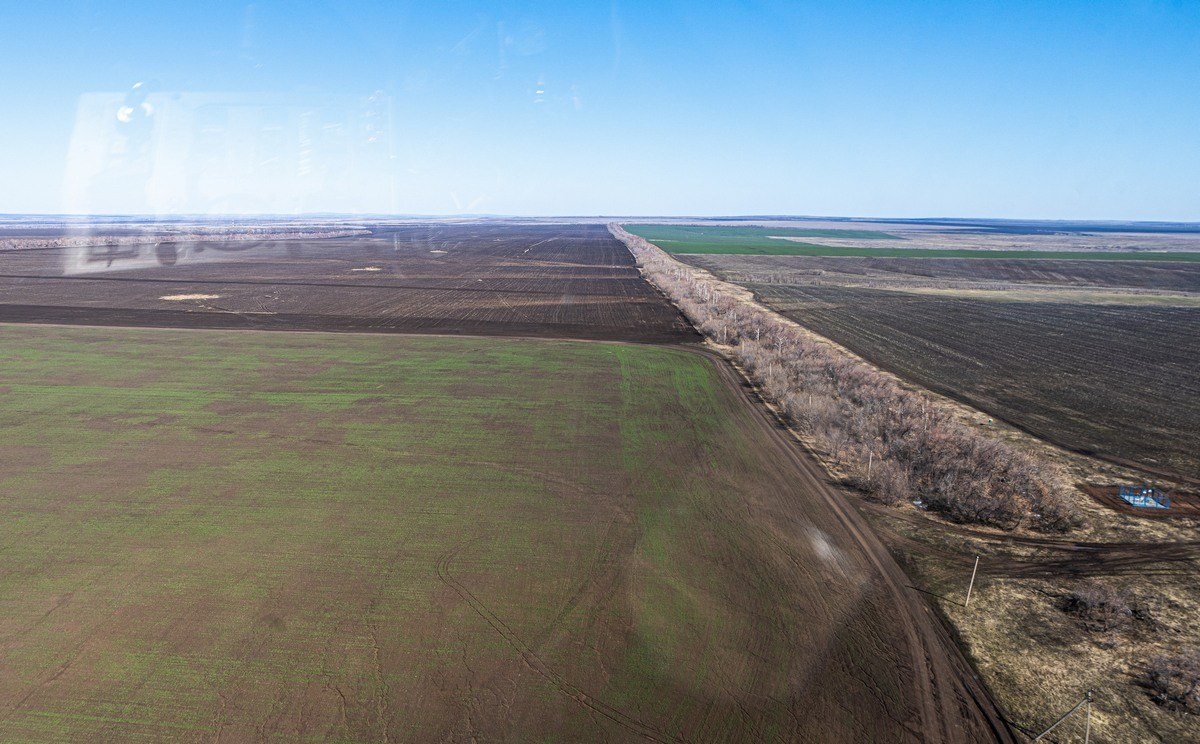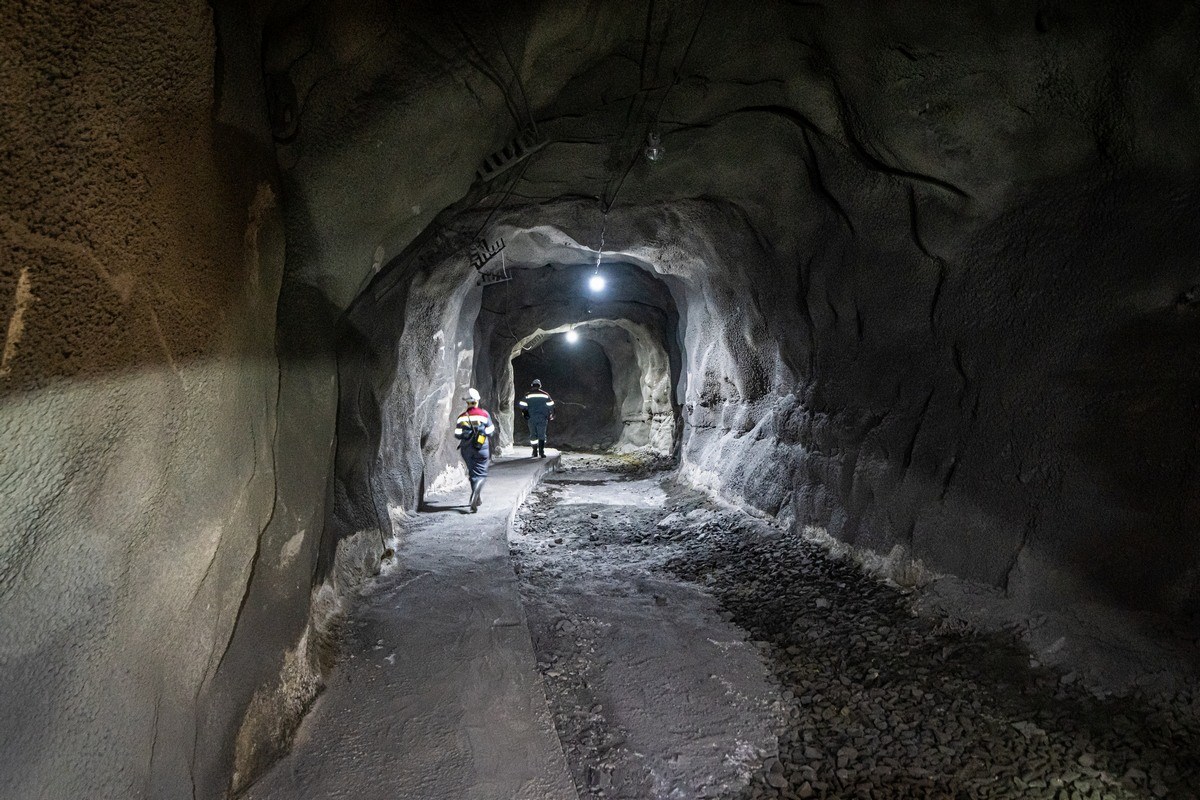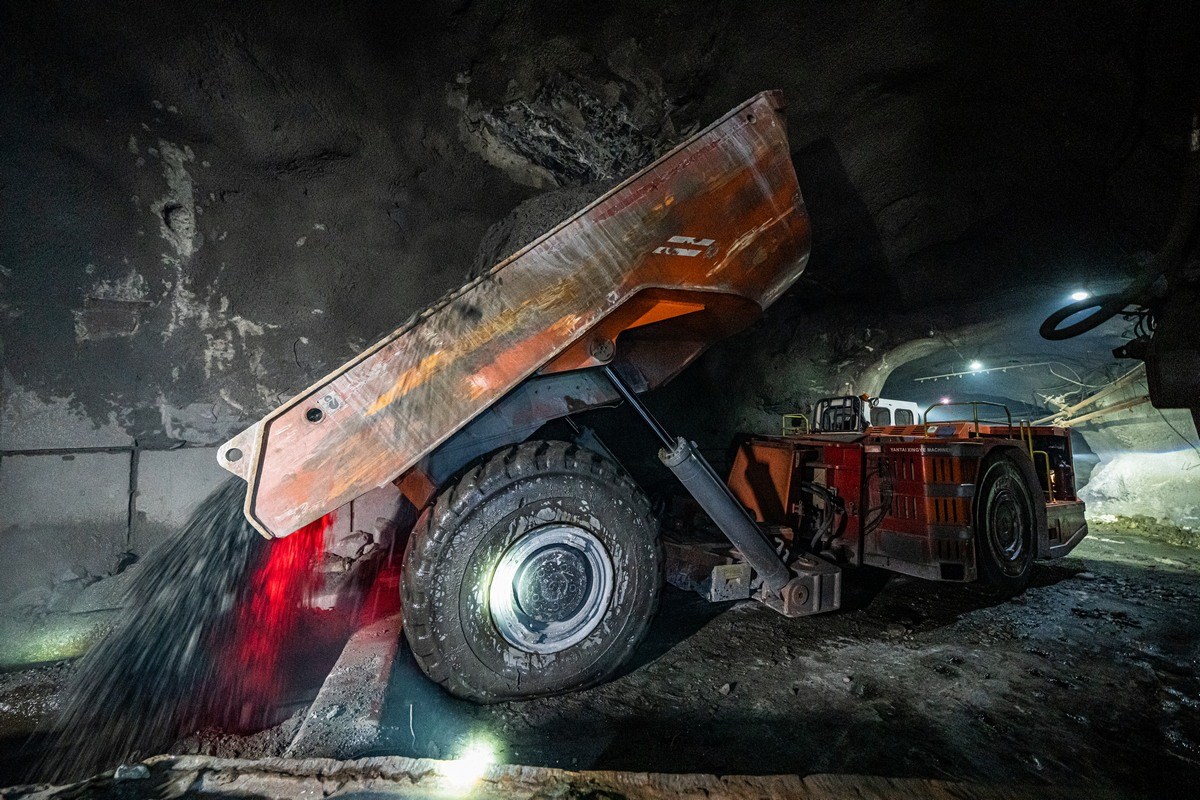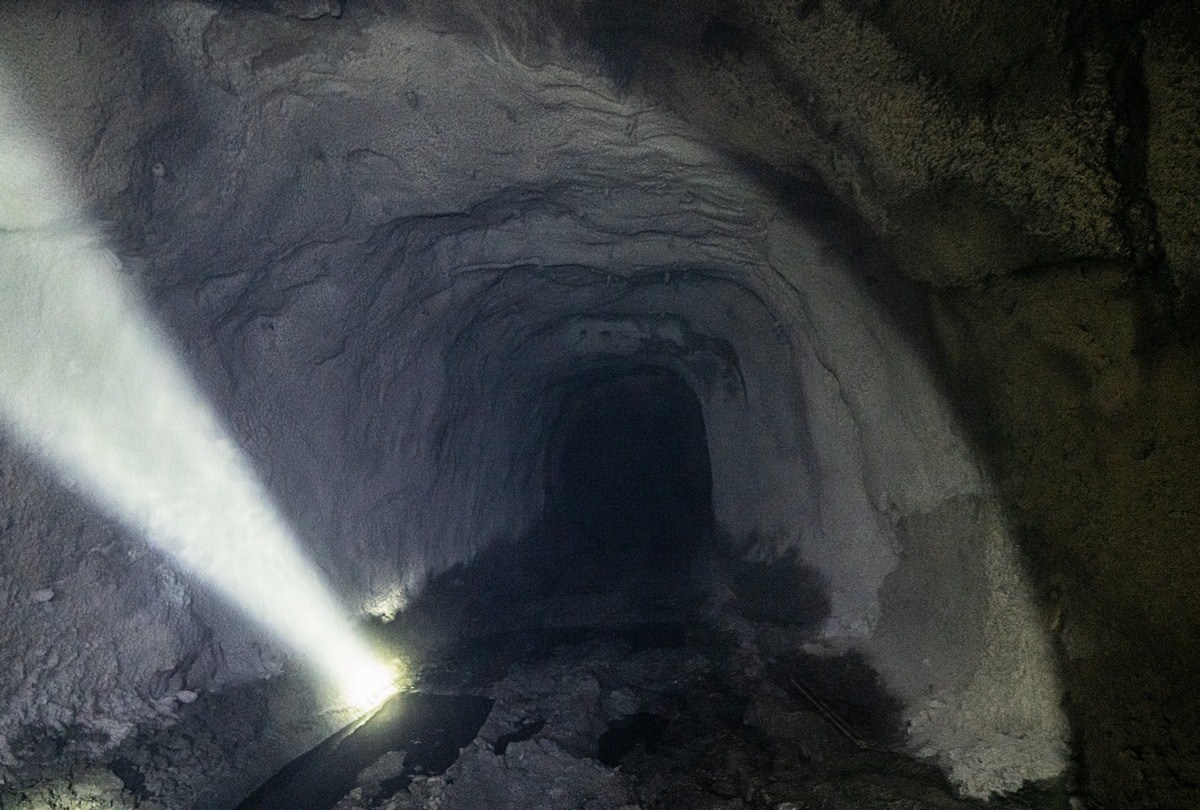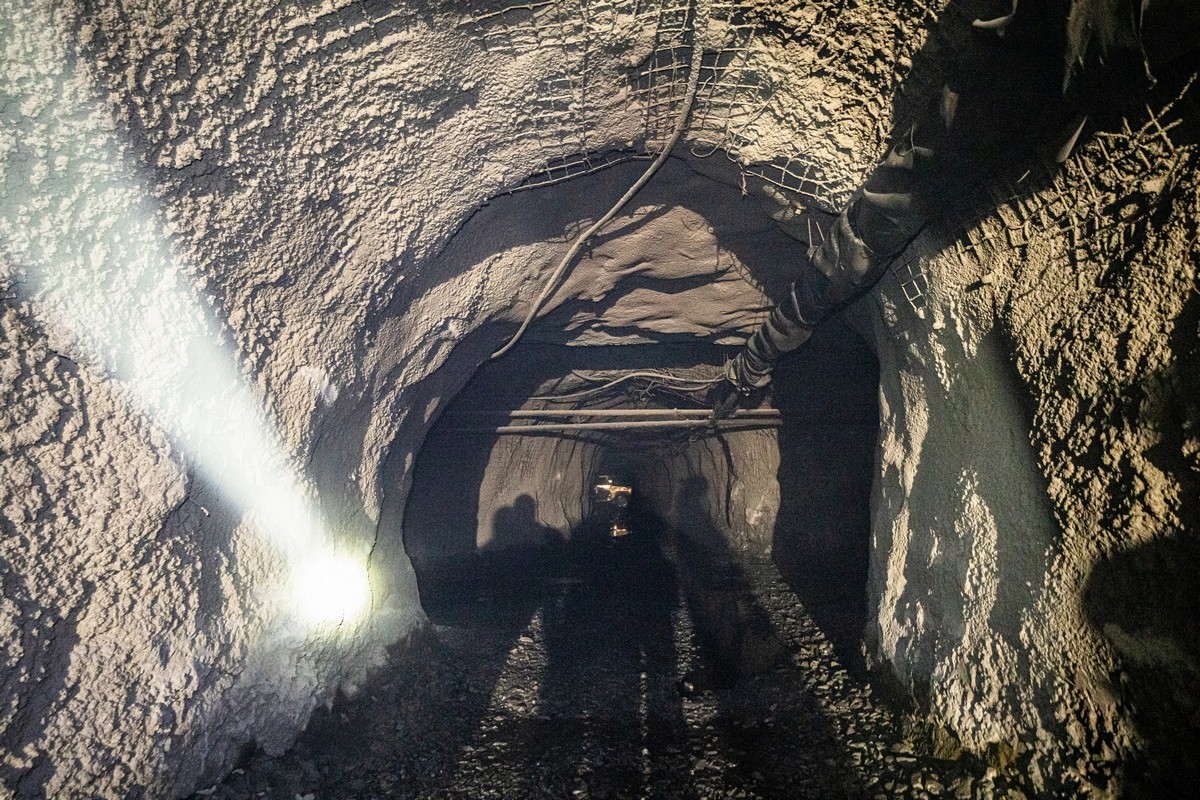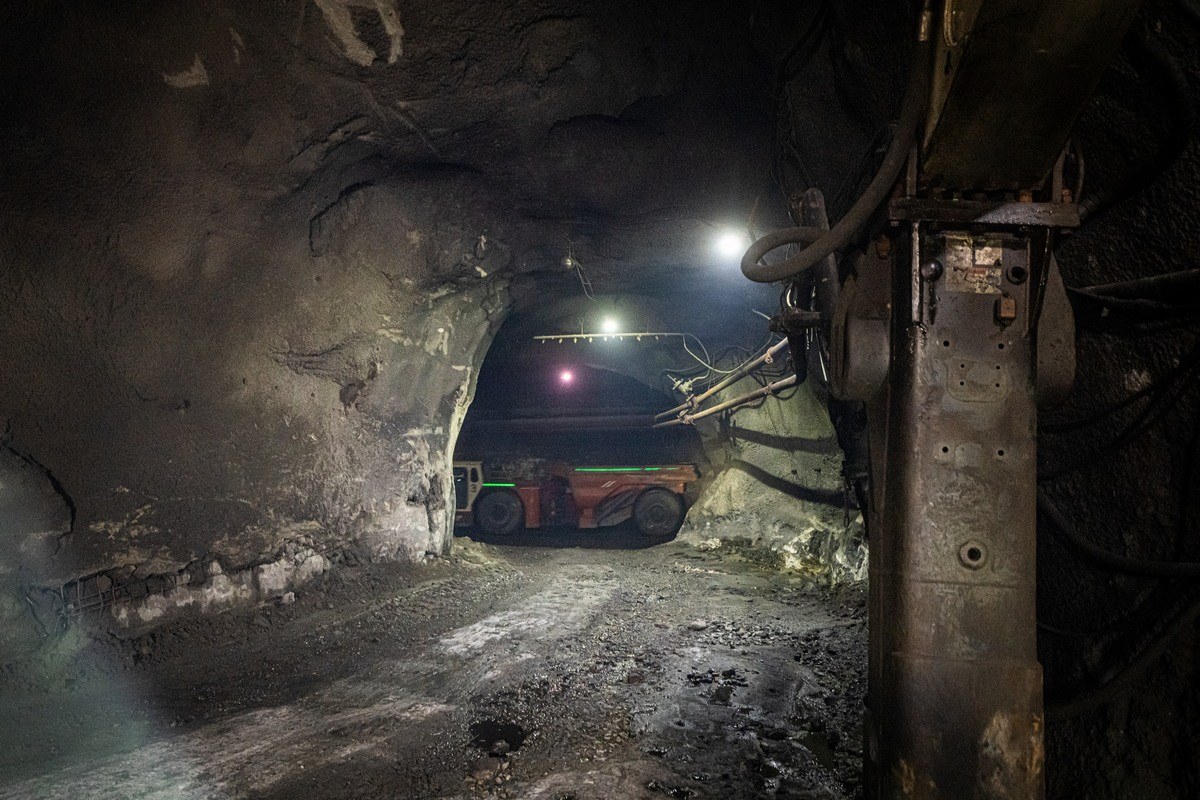April 25, 2023
One-three-one-oh – meters below!
Curiously, in the comments at the bottom of my Instagram post about my visit to Orenburg, a dear reader suggested we visit her nearby hometown of Gui (pronounced Guy; not Gay). Another commenter stated something along the lines of, “What? That hole?!” To which the original commenter retorted, ~”actually, yes – it is a hole, kinda, since it has the deepest hole mine in the whole of Europe!” This interaction was all the more amusing to me since I was reading it… in Gui!…
We flew to Gui (incidentally, a +1 to my list of cities in the world visited) by helicopter. Perfect. In the car we would have missed the fantastic aerial-panoramic views of the vast steppe, and it’d have taken us four hours…
Some of the wild steppe had been tamed – clearly being used for farming, with the odd strip of woodland where needed ->
In places – wholly meditative:
On the horizon to the north – the lower Urals come into view:
And these here nice hills in fact make up the start (or end) of the Ural mountain range:
Come evening, we were in Gui; hotel, dinner, sleep. Come morning, safety instruction, then down – way down – into the bowels of the earth. Where? In the copper mine at the Gai Mining and Processing Plant ->
Mines. Fascinating phenomena. So when I get the opportunity – I get down them! This was to be my sixth. My first was a gold mine in Kazakhstan; second – another gold mine in Buryatia; third – a phosphate mine in the Khibiny Mountains inside the Arctic Circle; fourth – a salt mine near Krakow in Poland; and fifth (actually my first; I’d forgotten about it) – a coal mine in Bochum, Germany (in the 2000s – before I got into taking my camera with me and before Instagram). Why do I like them so? Let’s see…: the immensity of the proportions, the thunderous noise, the potent smells, the might and brutality of the machines at work – and the hardiness of the men who operate them. Basically, for any “office plankton” – a sure-fire way to blow the cobwebs from one’s soul ).
As mentioned, first up: safety instruction. Next, changing into overalls, special boots, hard-hat with torch attached, plus emergency breathing apparatus attached to a shoulder strap. All that fully donned, off we pop…
We switch on our torches and enter the “car” – ~an elevator:
Off we go!…
I don’t quite remember how fast the car descended; something like six or eight meters per second, I think ->
Our descent took around five minutes…
Г1310 means “Horizon 1310”, which in turn means 1310 meters below the surface. The deepest I’ve ever been…
Our first tunnel is well-lit, clean (for a mine:) and dry:
The tunnel is a long one; accordingly – we took a yellow cab ) ->
Almost there…
The further we go – the bleaker it seems to get: darker, dustier, wetter (water dripping from above in places…
… the scene turns more into one from a sci-fi flick! ->
Btw, I’ve used the term tunnel, but these aren’t tunnels; a tunnel has two ends that come out into the open. No “open” here :). I should use the proper, specific – mining – term: crosscut.
The walls of a freshly-bored crosscut are reinforced with concrete to prevent crumbling:
This machine cuts through the rock, boring out passages into which they place dynamite…
The racket down here – oh my get-your-earplugs-in!…
Solo?
This vehicle shovels up the blasted rock and transfers it onto a dumper truck:
The dumper truck in turn transports it to the unloading point:
And unloads it where needed:
Then the ore is placed onto a skip elevator and taken up to the surface for enriching and later sent for smelting. I wrote about this kind of process in detail in my write-up from Norilsk.
The mine’s canteen – with (real) flowers on the wall in the corner! ->
And that was that – our underground excursion was complete. Awesome it was too.
All the photos from Orenburg and the Orenburg oblast are here.

